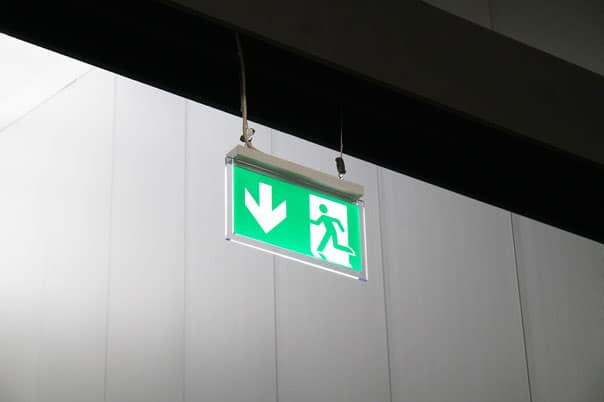Let’s start by talking about the dangers of emergency lightning. Emergency lightning is designed to provide lighting during power outages or other emergencies. However, if it’s not installed or maintained correctly, it can become a serious hazard. Faulty wiring, improper installation, and inadequate testing can all contribute to emergency lightning malfunctions. This can lead to injuries, property damage, and even loss of life.
One of the biggest dangers of emergency lightning is electrical shock. If the wiring is damaged or not properly grounded, it can create a dangerous electrical current that can cause serious injury or even death. Additionally, if emergency lightning is not installed correctly, it can fall or become dislodged during an emergency, which can also cause injury.
Another danger of emergency lightning is fire. If the wiring is not installed or maintained correctly, it can overheat and cause a fire. This is especially true if emergency lightning is used frequently or for long periods of time.
Now that we’ve talked about the dangers of emergency lightning, let’s discuss some safety recommendations that can help prevent accidents. First and foremost, it’s important to ensure that emergency lightning is installed by a qualified electrician. This will ensure that the wiring is properly installed and grounded, which will minimise the risk of electrical shock.
In addition to proper installation, it’s also important to regularly test emergency lightning to ensure that it’s functioning correctly. This should be done at least once a year, and any problems should be addressed immediately. It’s also a good idea to have backup batteries or generators in place in case of a power outage.
Another important safety recommendation is to ensure that emergency lightning is properly labelled and easily accessible. This will ensure that it can be quickly located and used during an emergency. It’s also a good idea to have a plan in place for how to use emergency lightning, including how to turn it on and off and how to test it.
Finally, it’s important to educate yourself and others about the proper use of emergency lightning. This includes knowing when it’s appropriate to use emergency lightning, as well as how to safely use it. If you’re unsure about how to use emergency lightning, it’s always a good idea to consult with a qualified electrician or other safety professional.
In conclusion, emergency lightning is something that is often overlooked but can have serious consequences if not handled properly. By understanding the dangers associated with emergency lightning and following some simple safety recommendations, we can help prevent accidents and ensure that emergency lightning is always there when we need it. So, stay safe out there and make sure that your emergency lightning is installed and maintained correctly!
Cheers,

![]()






